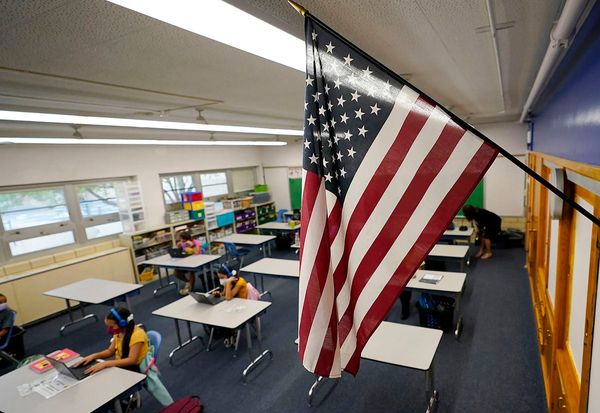
Cord cutting was all the rage five years ago as the rising cost of cable and satellite television forced consumers to reconsider how they paid for entertainment.
When Netflix (NFLX) -), Disney (DIS) -) and other entertainment companies began offering their direct to consumer services at cheap prices, the move toward individualized services made sense.
DON'T MISS: Netflix Just Made a Move That's Sure to Upset Its Customers
But as more customers have piled into those individual services, the cost of those services has started to increase, leaving consumers to wonder whether they were better off just paying one large bill for all of their entertainment needs instead of multiple smaller (and getting bigger) bills for entertainment dispersed over multiple platforms.
This week YouTube (GOOGL) -) has quietly increased the price of YouTube Premium by 17% to $14 per month (from $12 per month). The price of an annual subscription is now $20 more at $140 for the year.
"We’re updating the price for YouTube Premium and YouTube Music Premium subscribers in the U.S. to continue delivering great service and features. We believe this new price reflects the value of YouTube Premium," a YouTube spokesperson told 9to5Google, which first reported the silent change.
This is the second time in less than a year that YouTube has raised the price of one of its subscription plans. Last October, the company raised the price of its family plan to $23 per month.
Netflix also recently raised prices by eliminating the cheapest tier subscription it had for ad-free viewing.
Previously, the 'Basic' tier of Netflix allowed users to watch all of the shows and movies on the platform in standard definition, without advertising, for $9.99 a month.
Now, the company's cheapest ad-free options are the standard and premium tiers which cost $15.49 and $19.99 per month, respectively.
The 'Standard' tier still costs $6.99 and features ads and that option has proven to be lucrative for Netflix.
About 1.5 million people in the U.S. have signed up for the ad tier since the company launched it in November, per The Information.







